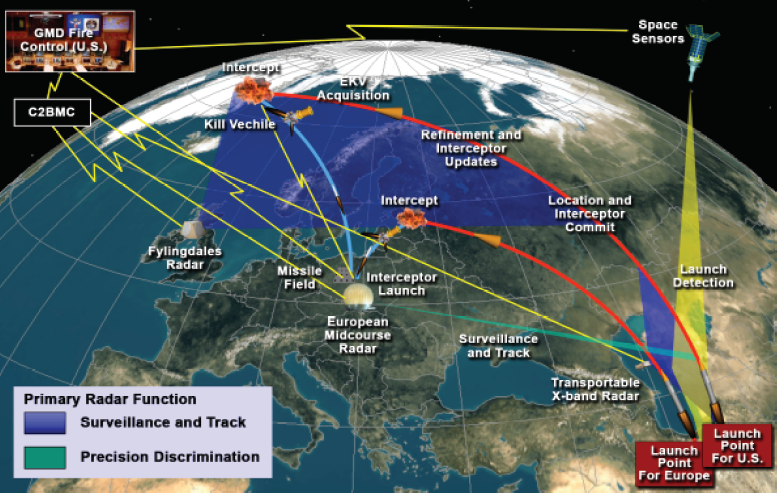[quote=Оля]ИталияOriginally Posted by "kalinka_vinnie":18thp5ui
Греция
Турция
(Все члены НАТО, между прочим)[/quote:18thp5ui]
А) разве Польше и чехия не члены НАТО?
Б) Если вы смотришь все вероятные траекторы ракет из Ирана, ты увидишь, что Польша найболее стратегическое место. Если Россия хотела нападать в США, им просто надо через северную полусу пускать и обходят лекго "эту грозу". А Иран никак иначе.



 LinkBack URL
LinkBack URL About LinkBacks
About LinkBacks




 ))
))
 Reply With Quote
Reply With Quote





 я сказал восточное восточное побережье, а хотел сказать западное. В любом случае, если смотришь на глобус, самый короткий путь тменно через Россию (и Казакстан). А через китай намного дальше.
я сказал восточное восточное побережье, а хотел сказать западное. В любом случае, если смотришь на глобус, самый короткий путь тменно через Россию (и Казакстан). А через китай намного дальше.
 У Калинки правильно было, с запятой.
У Калинки правильно было, с запятой.


